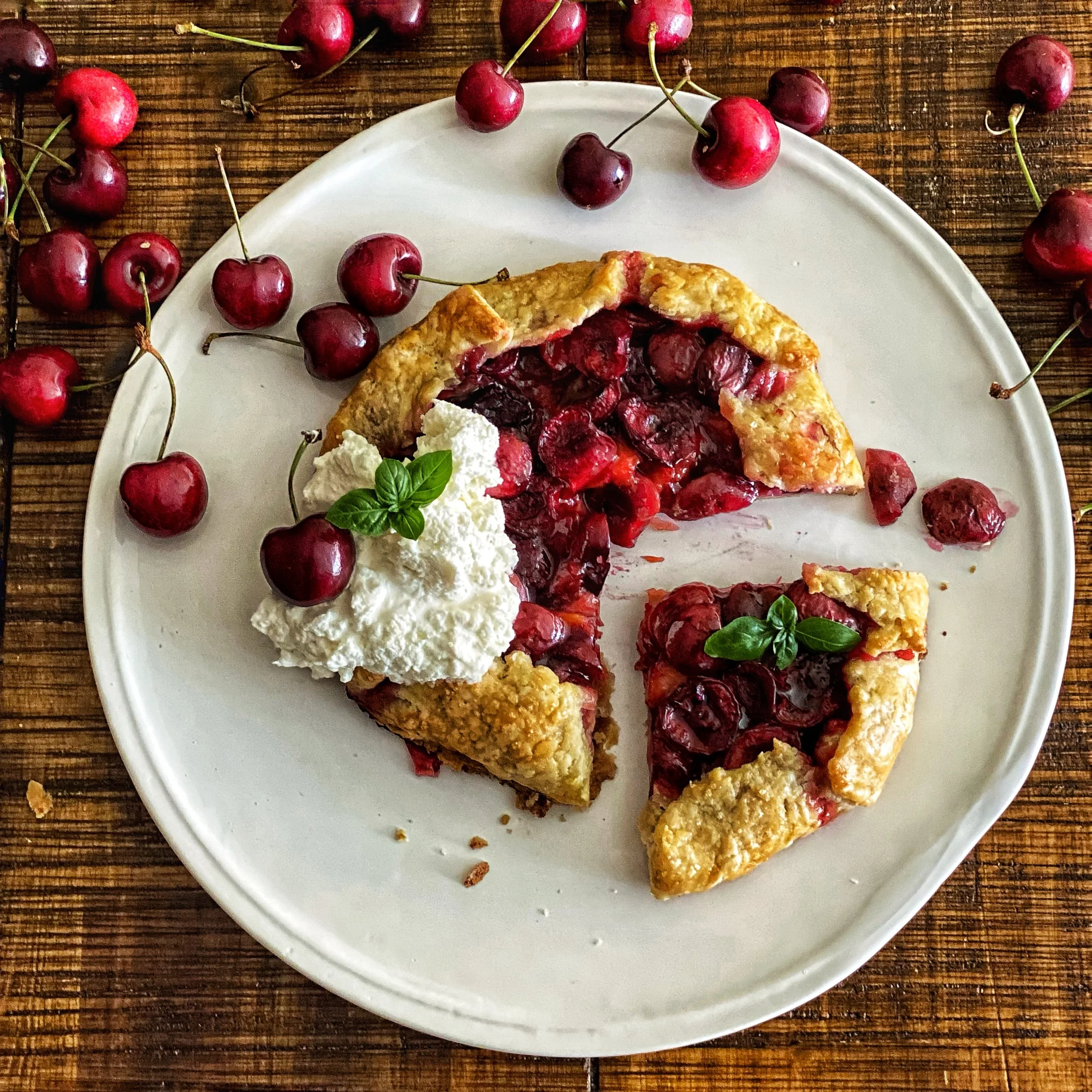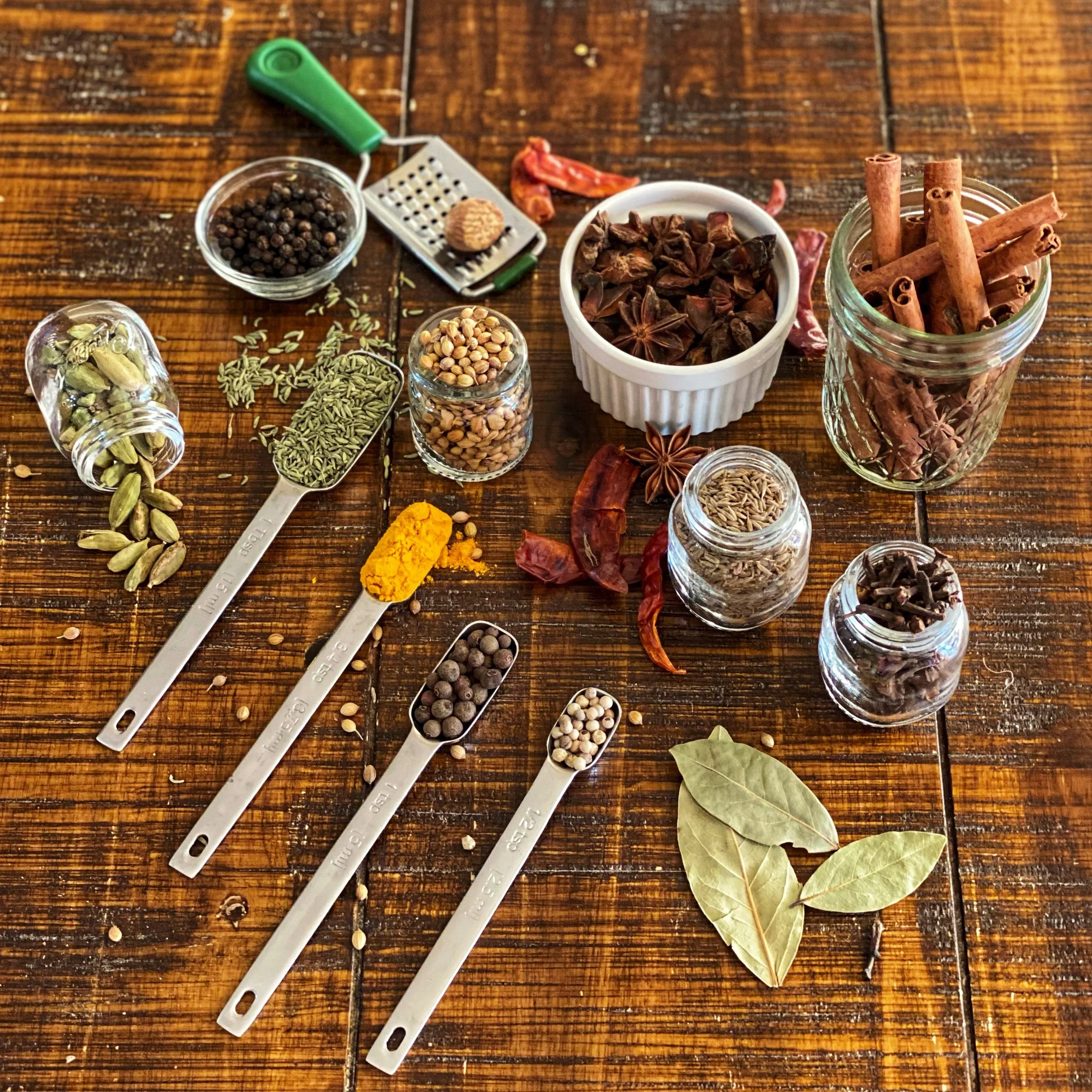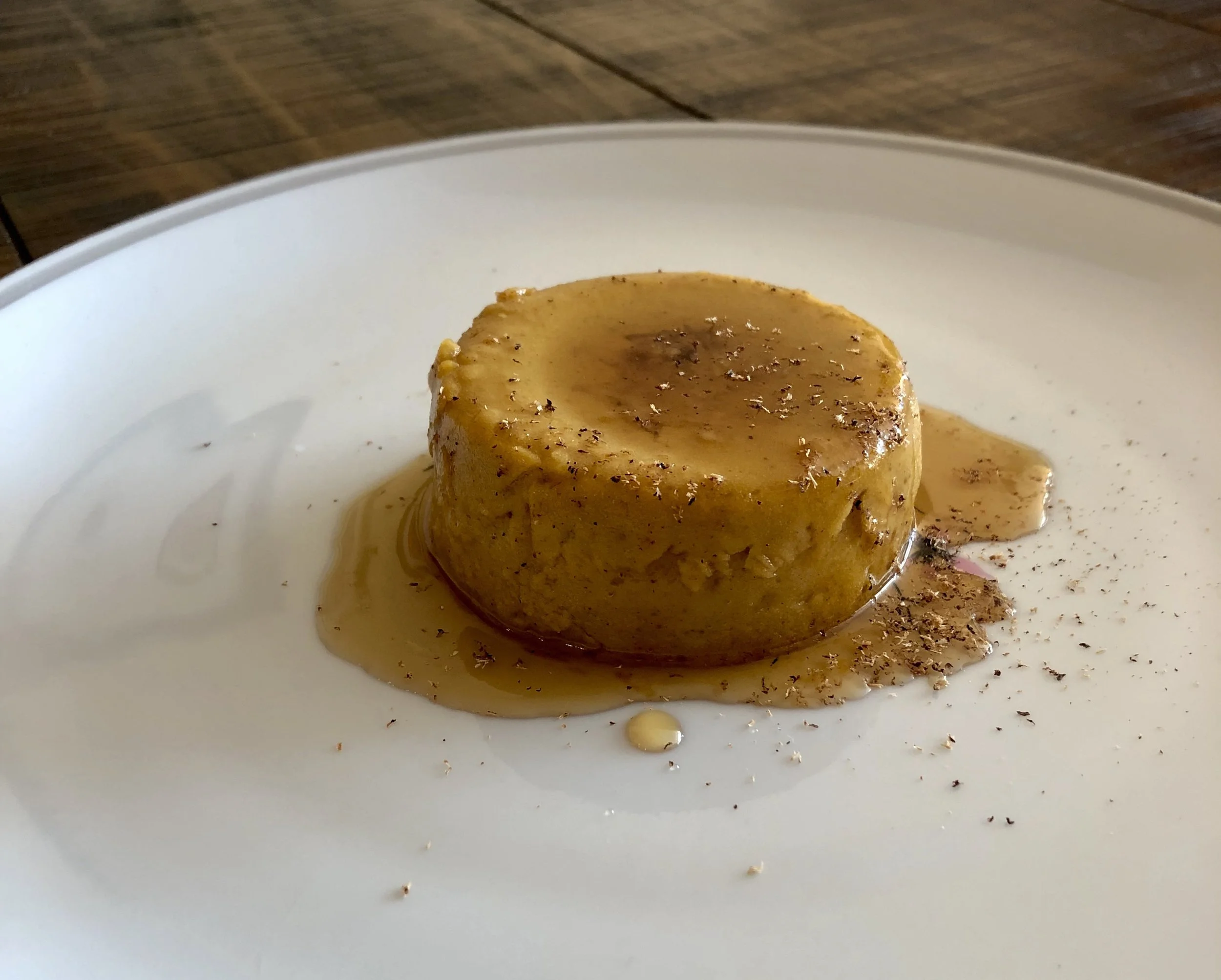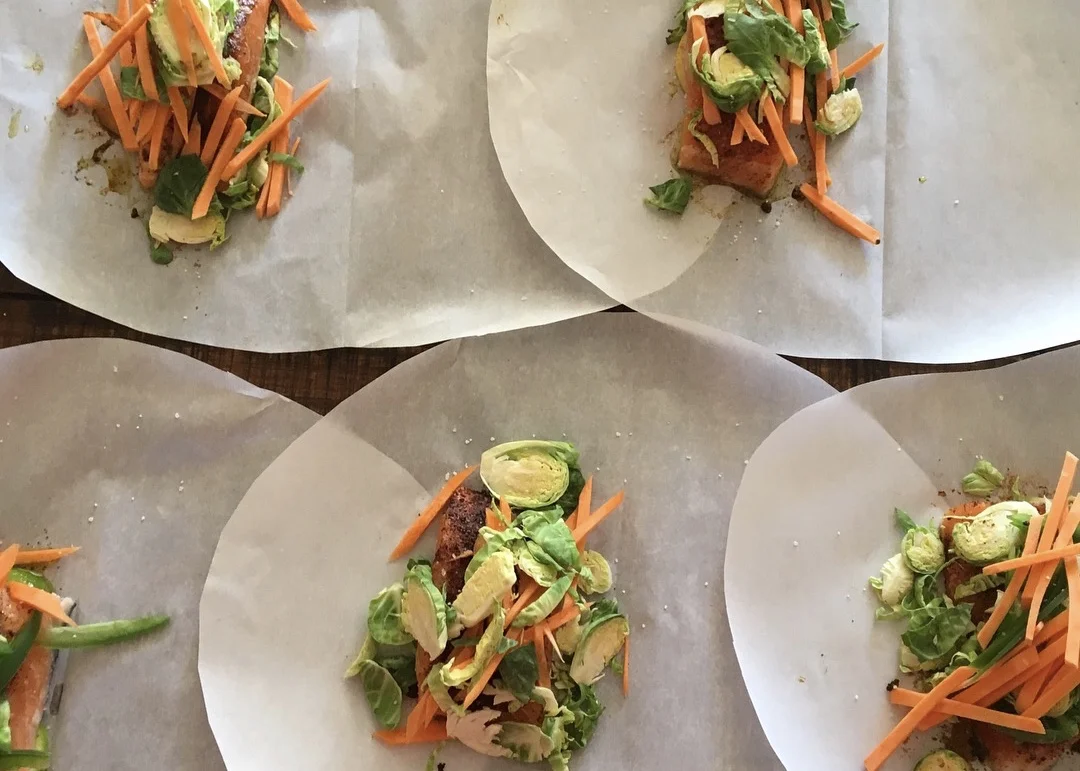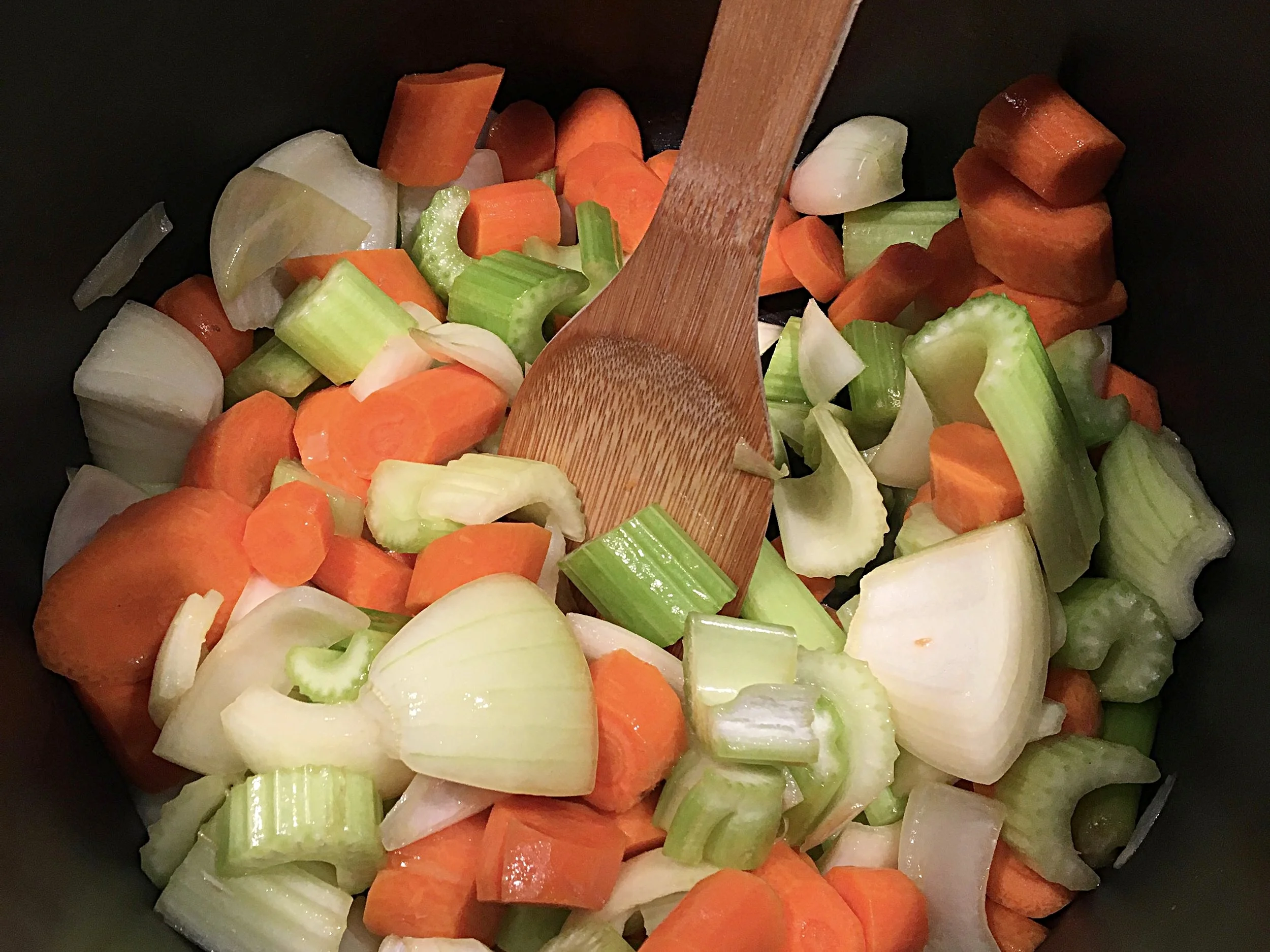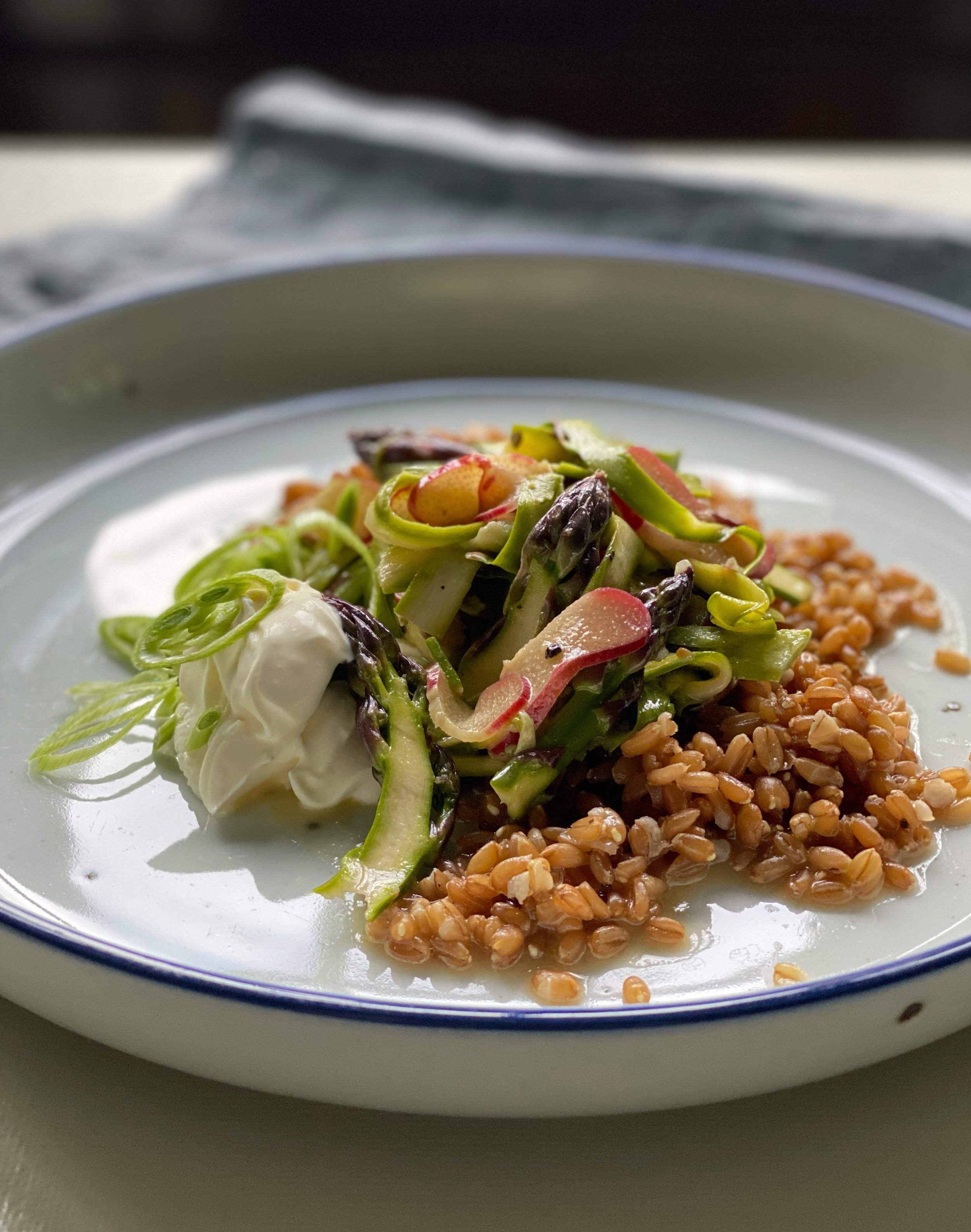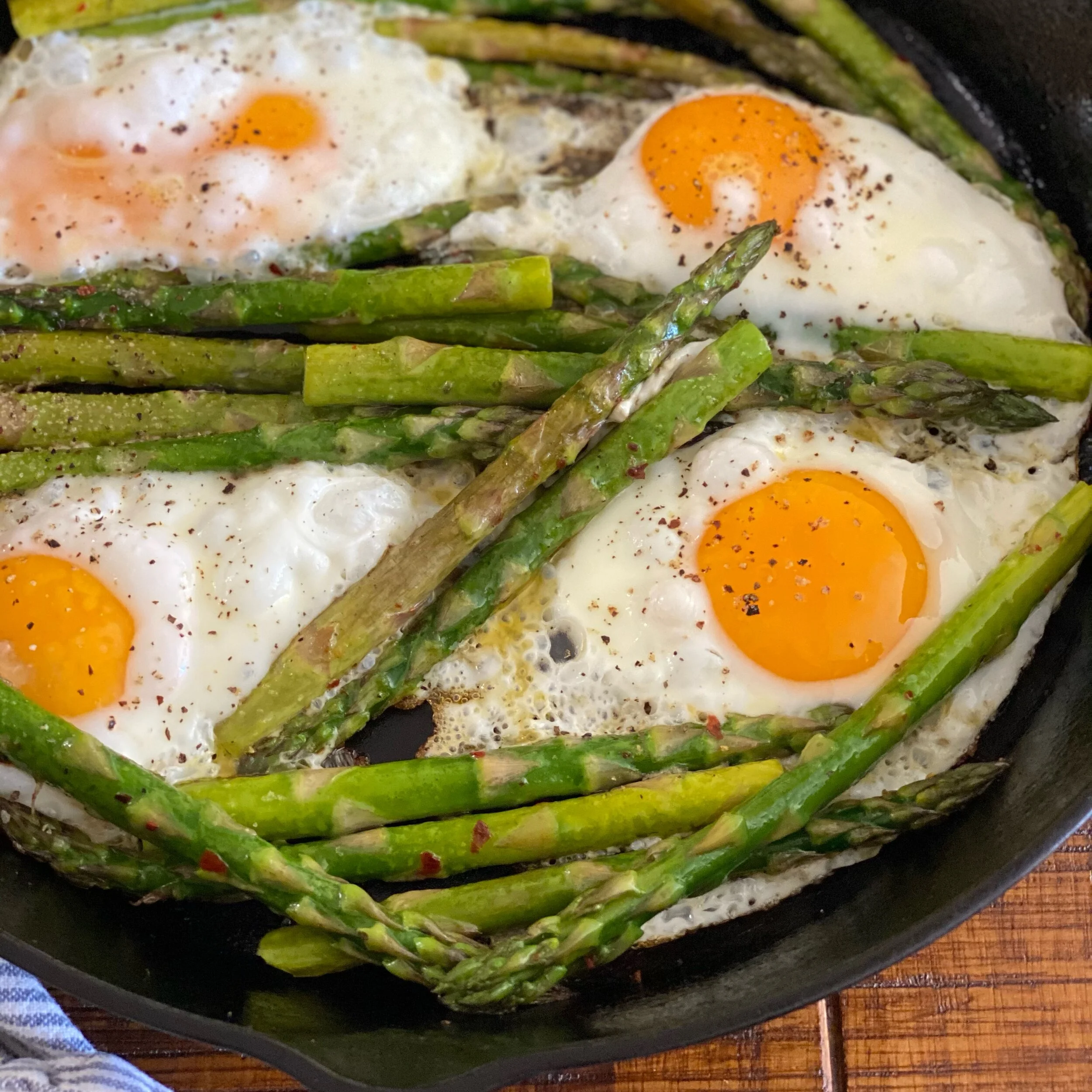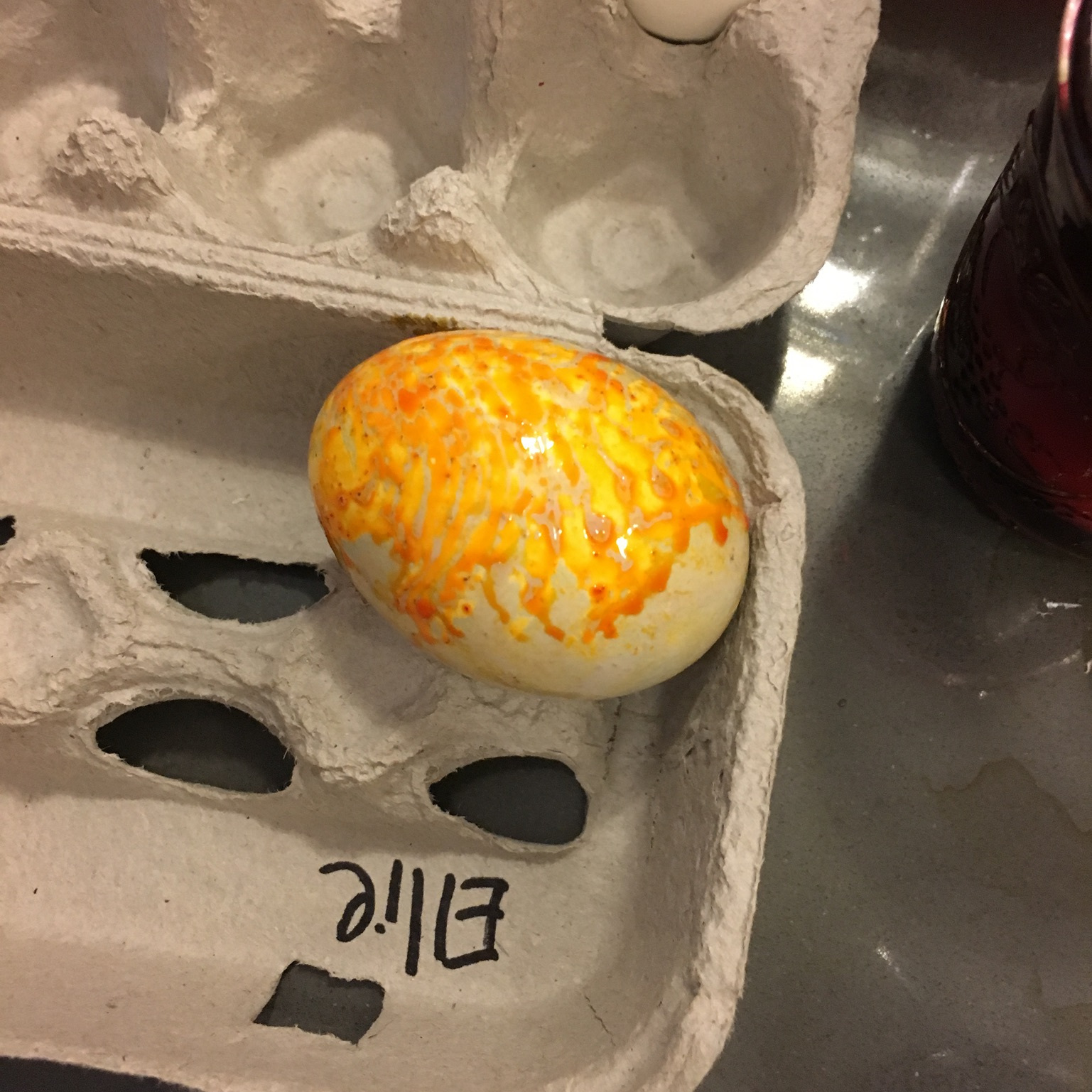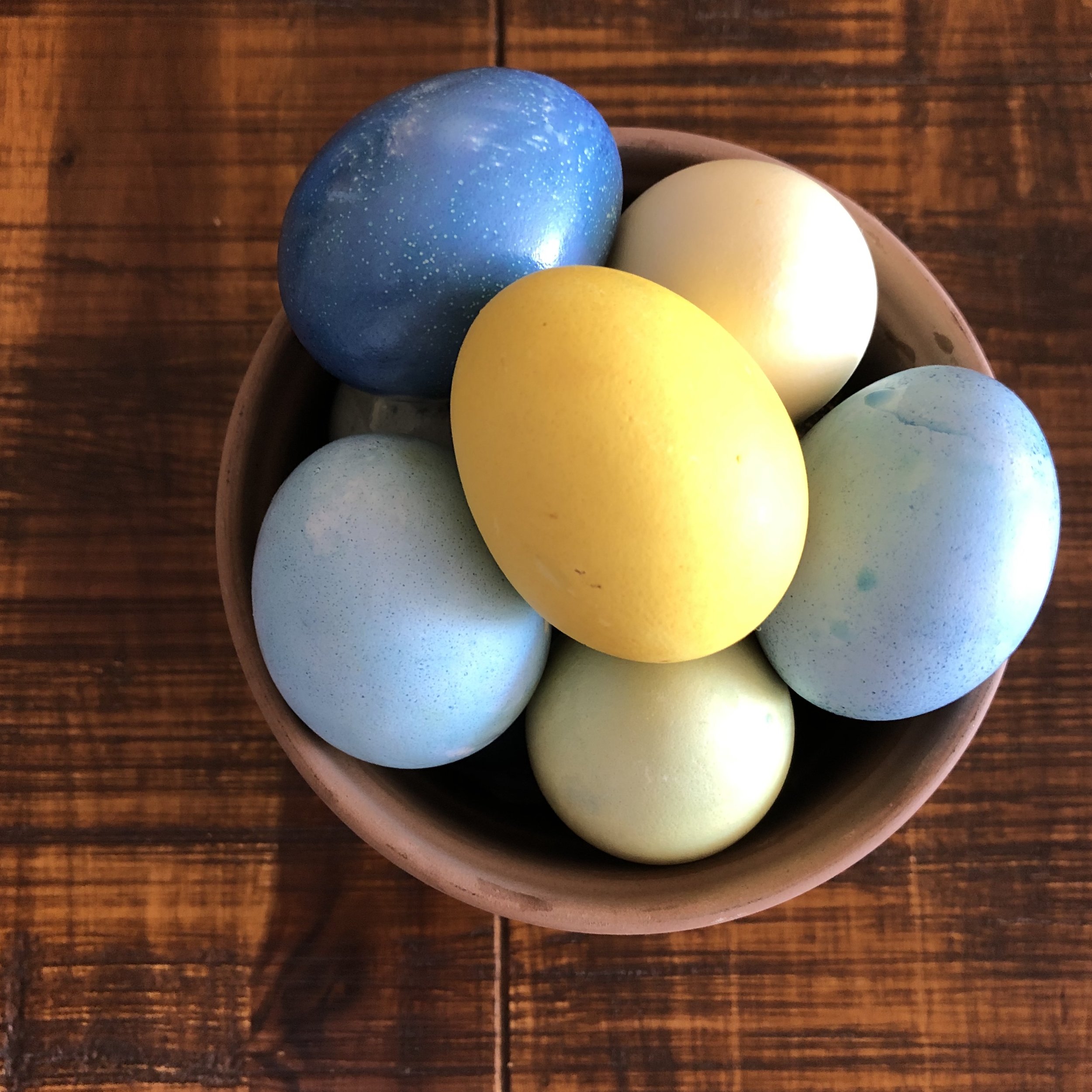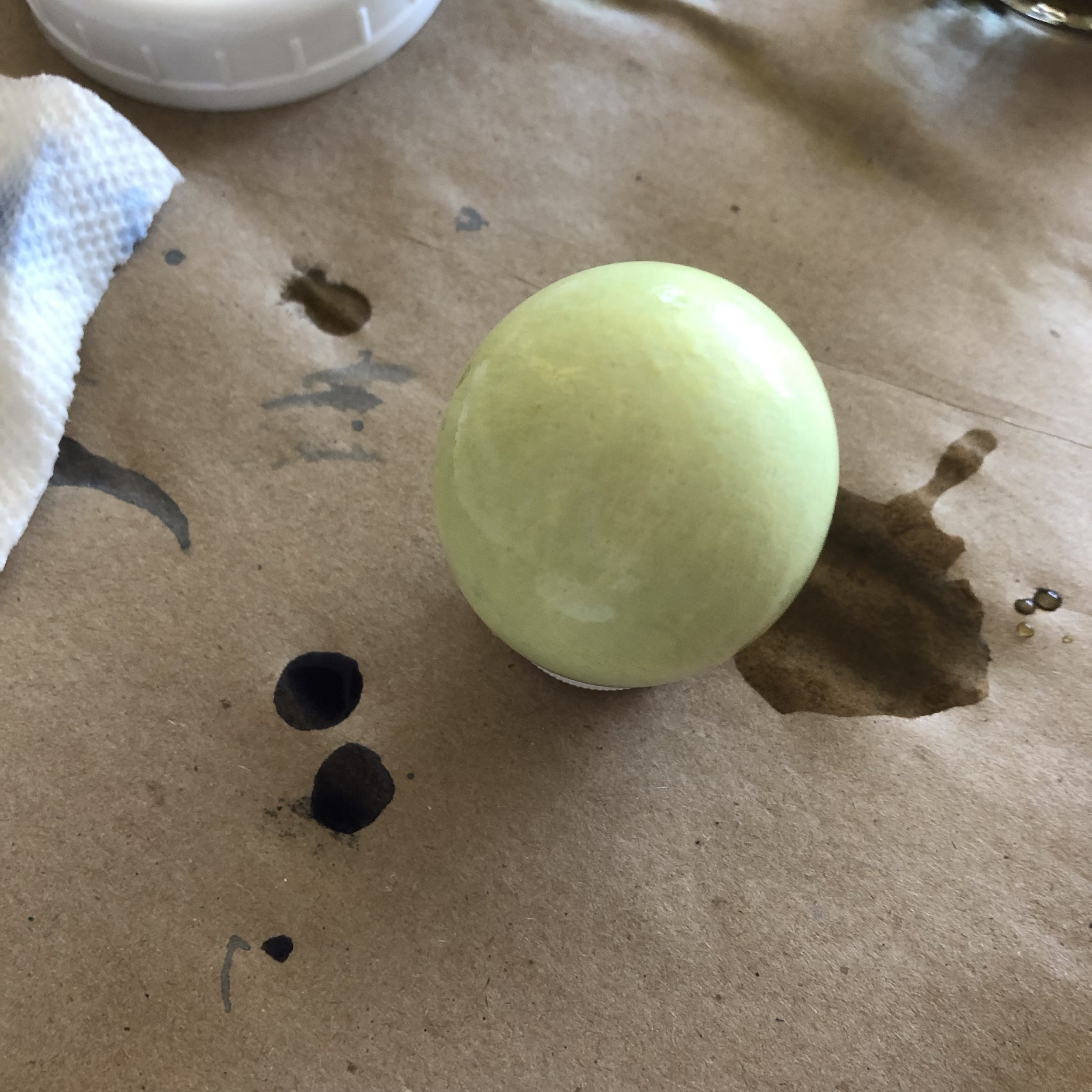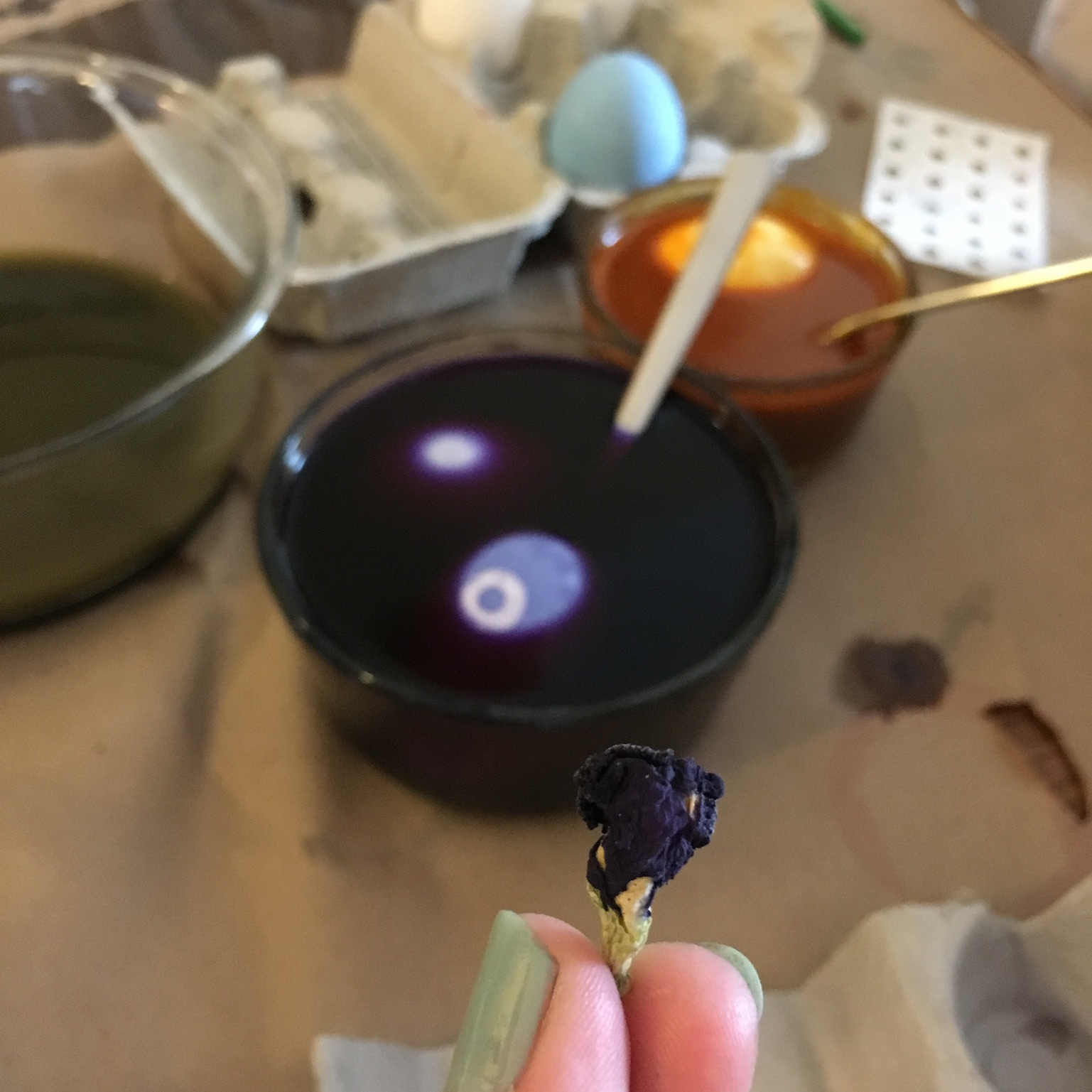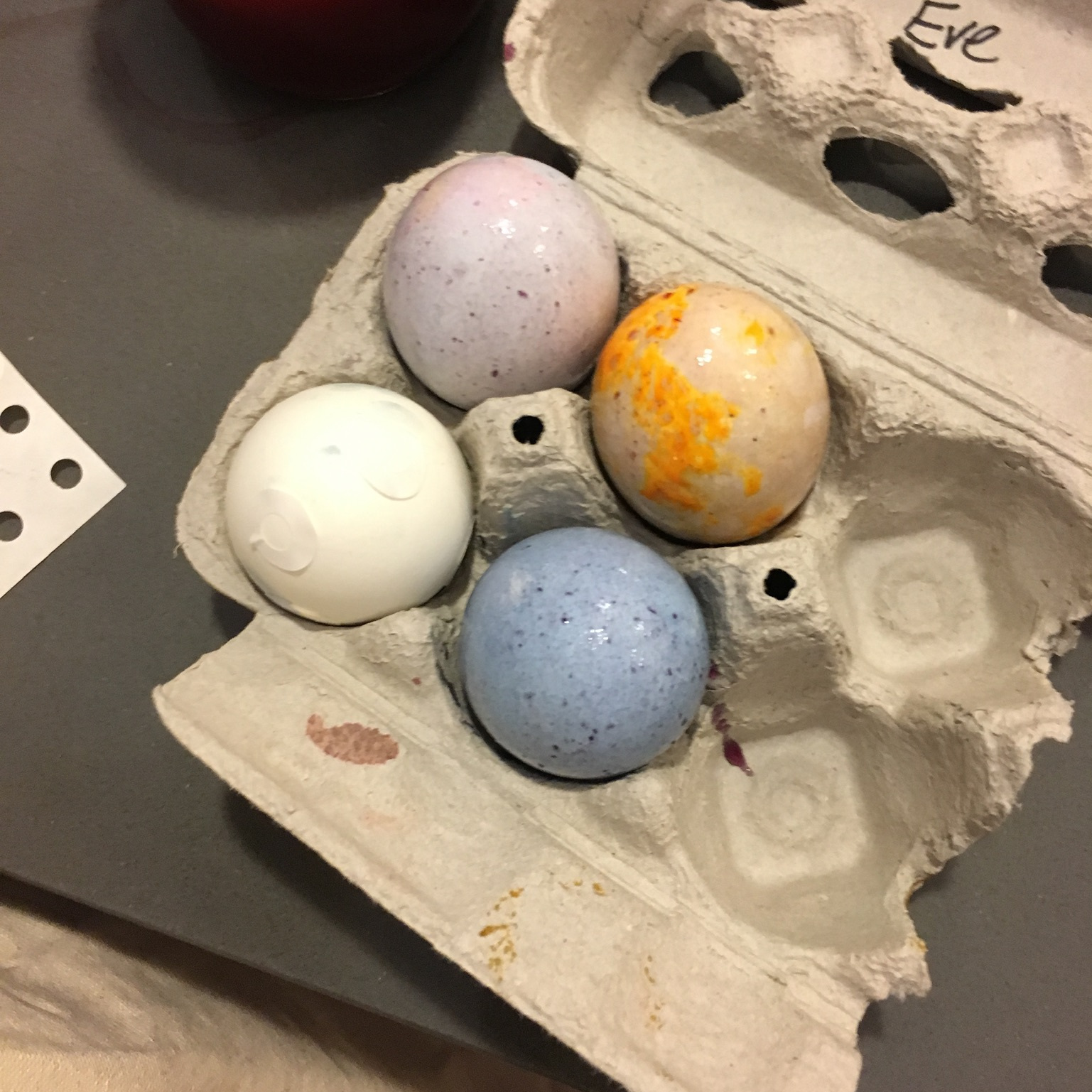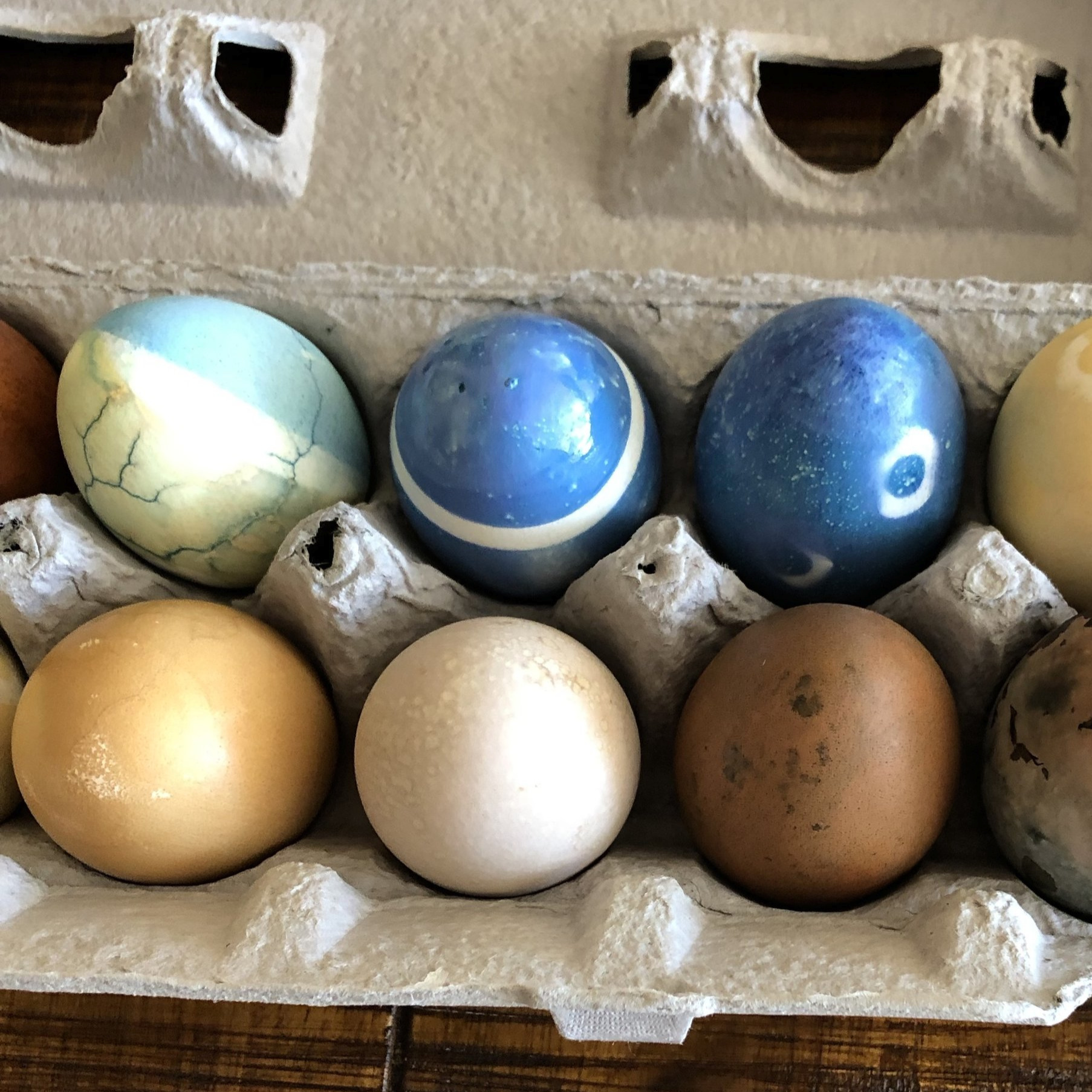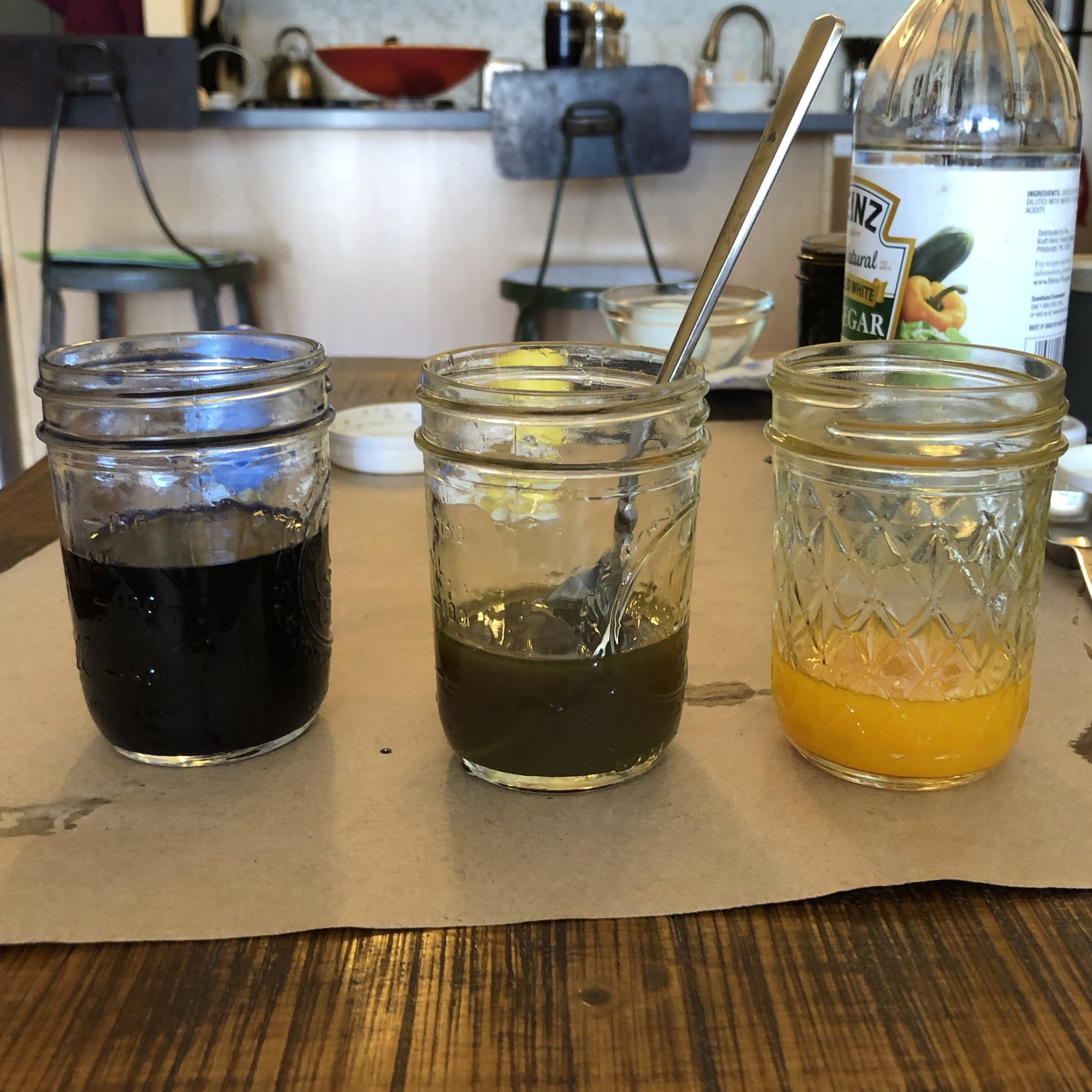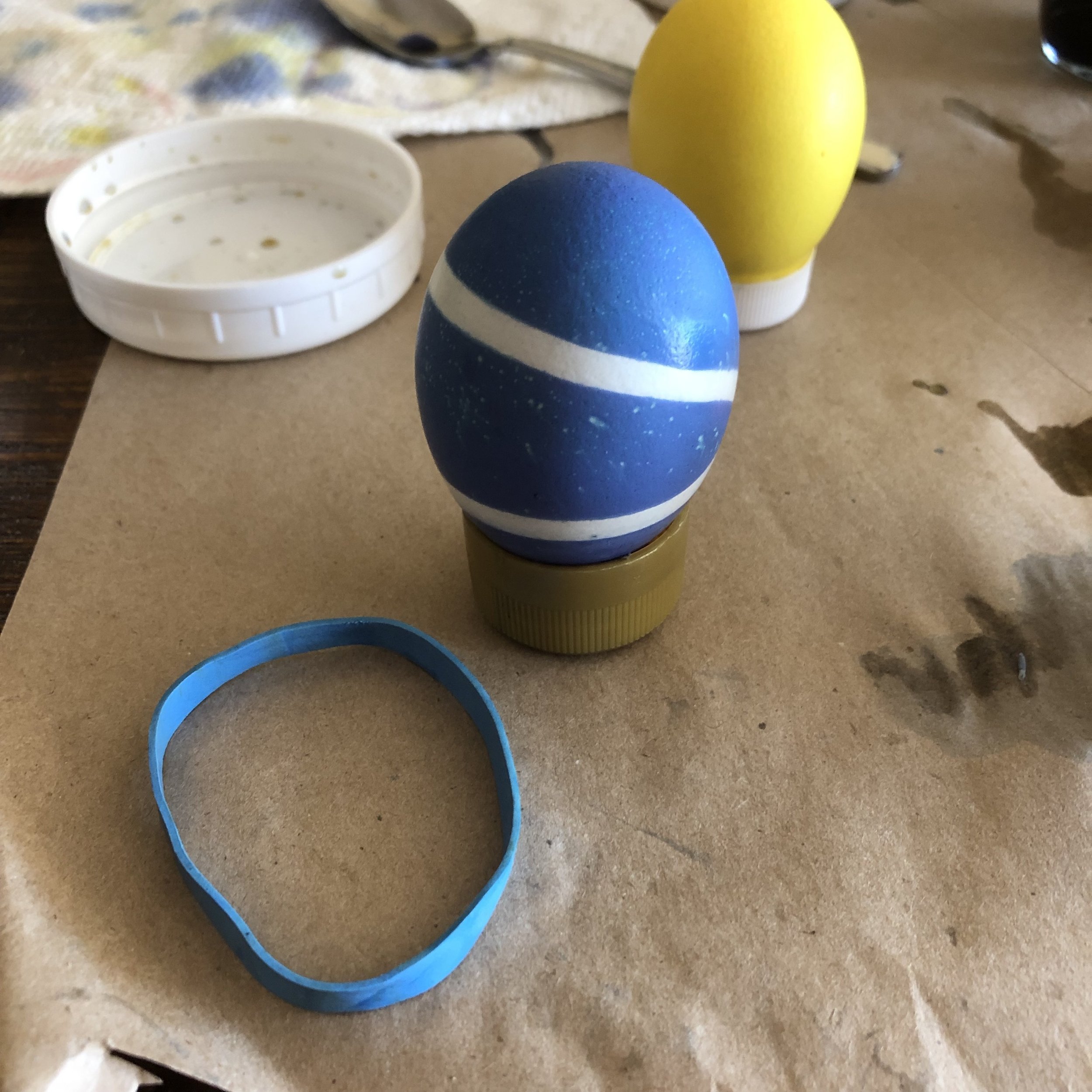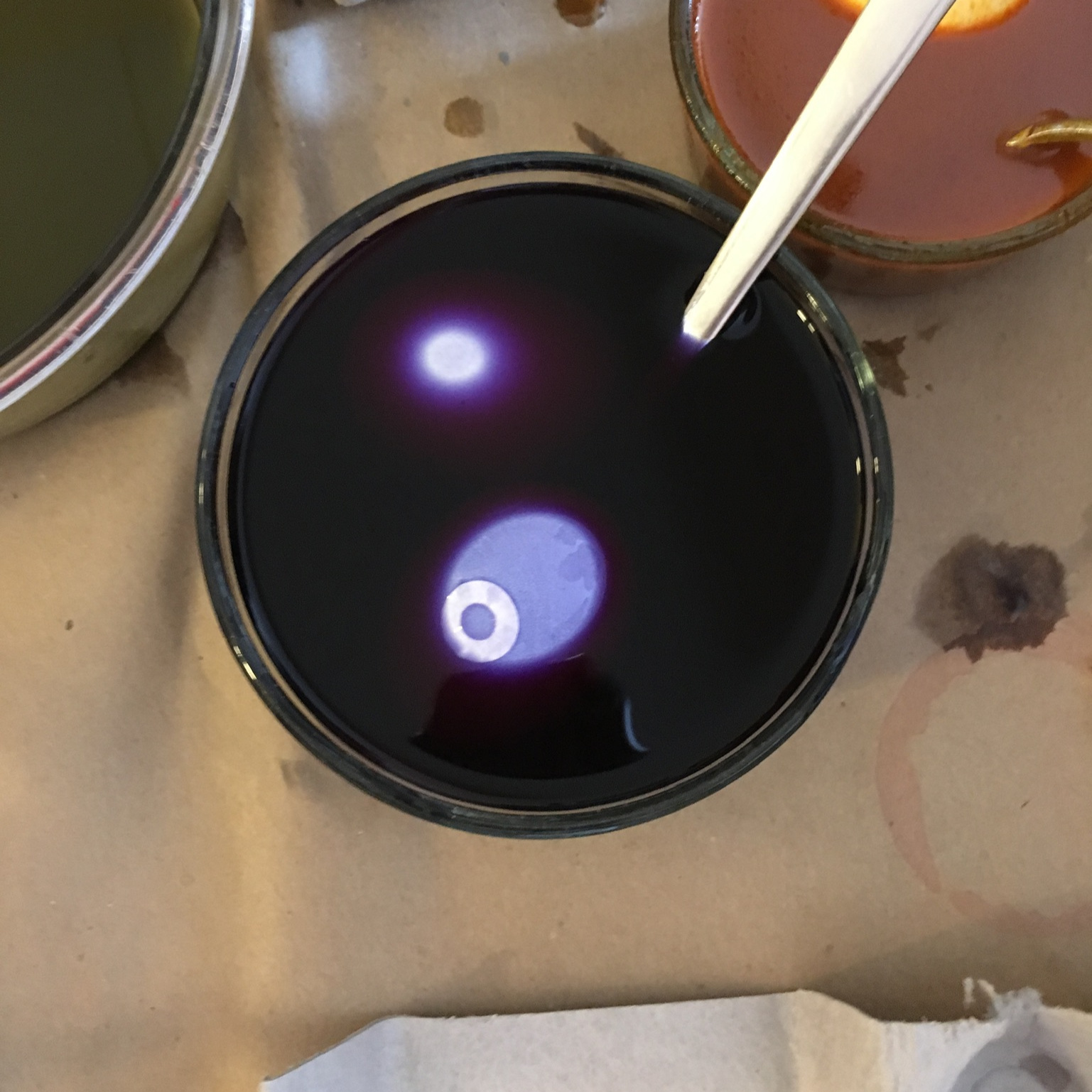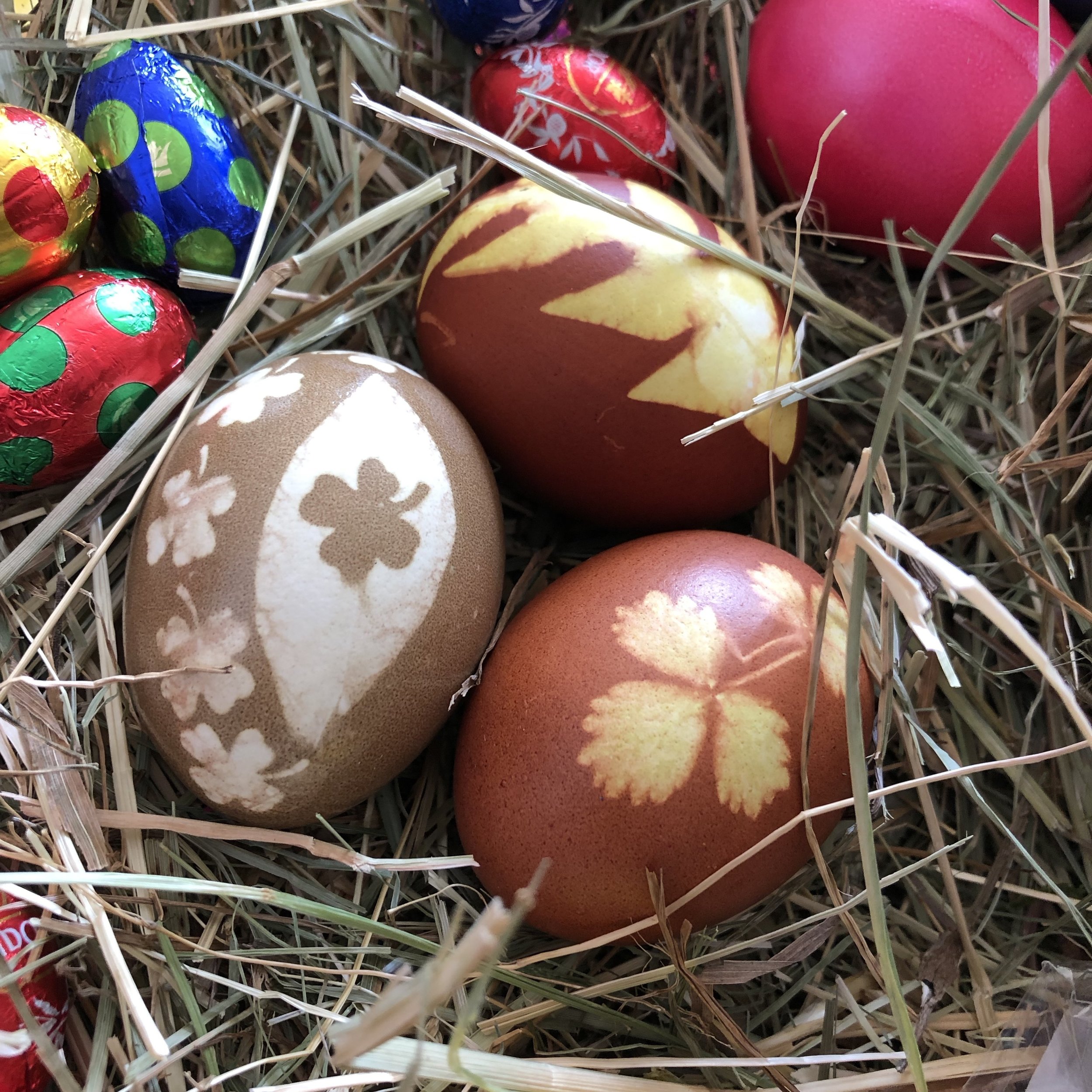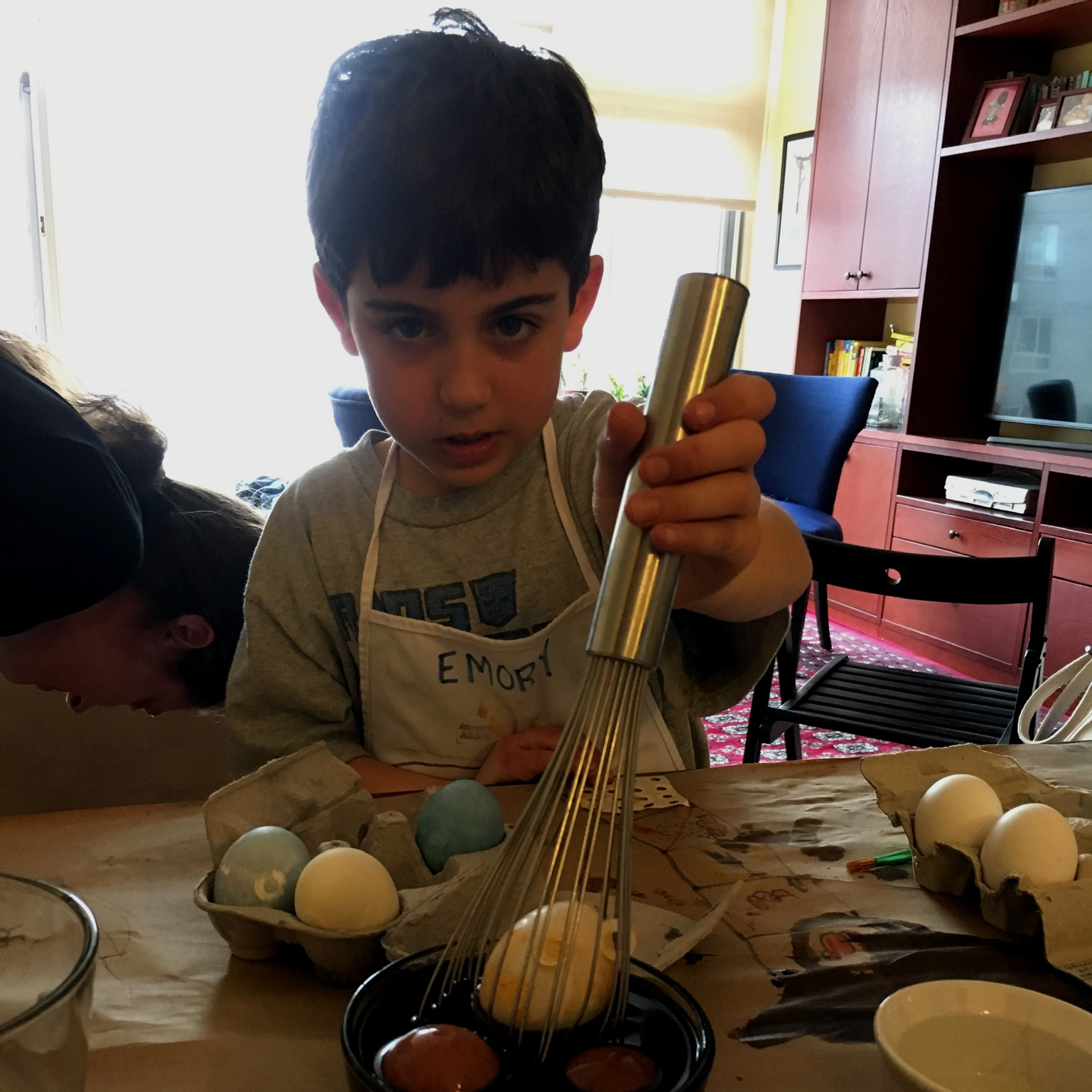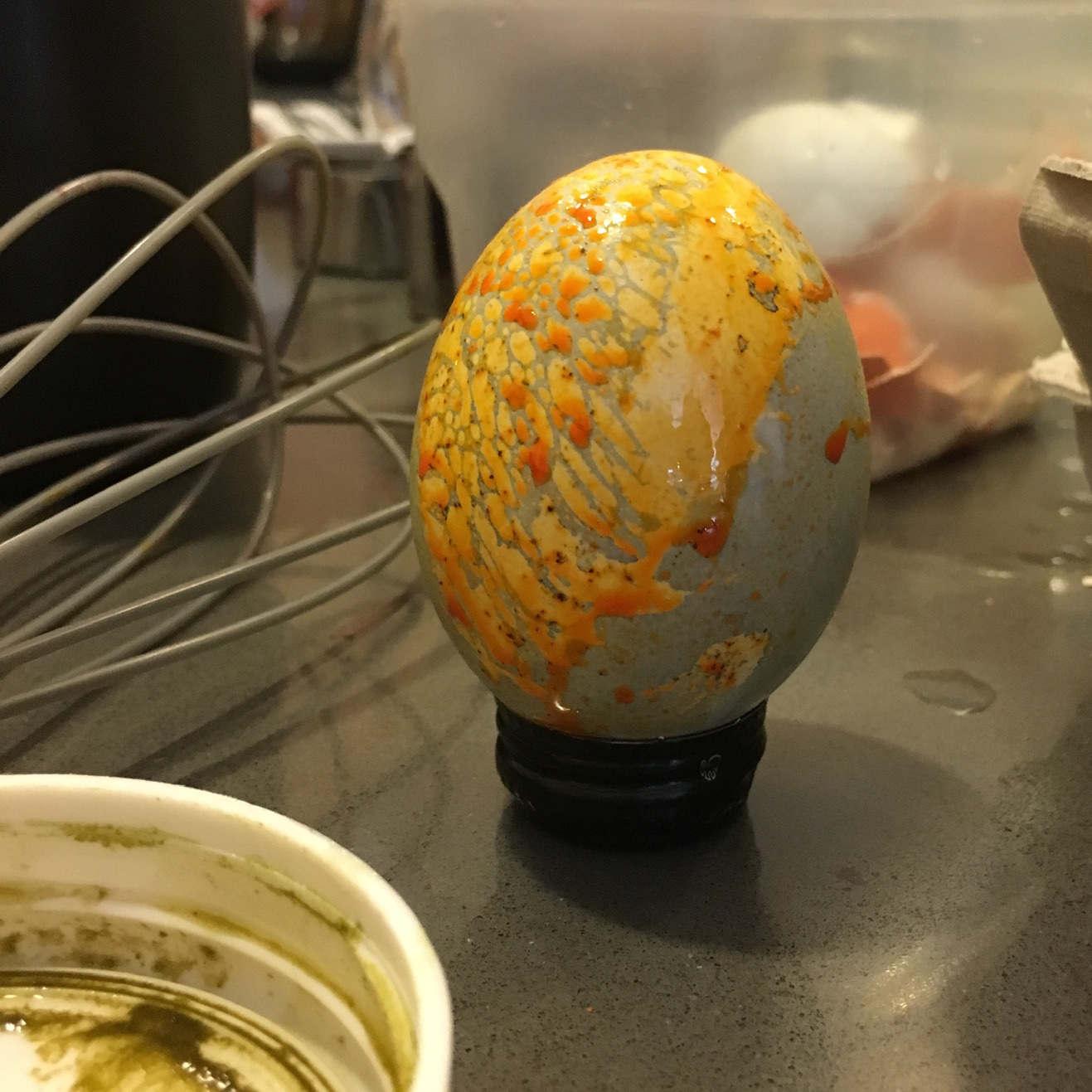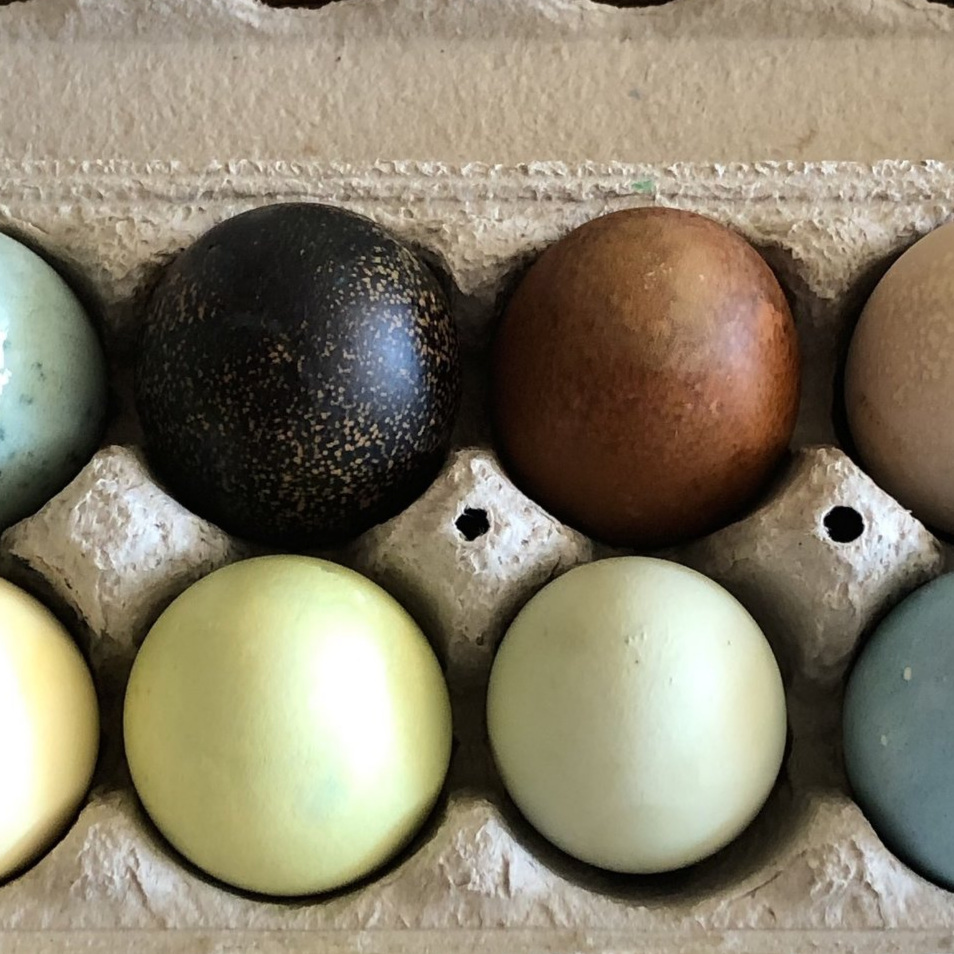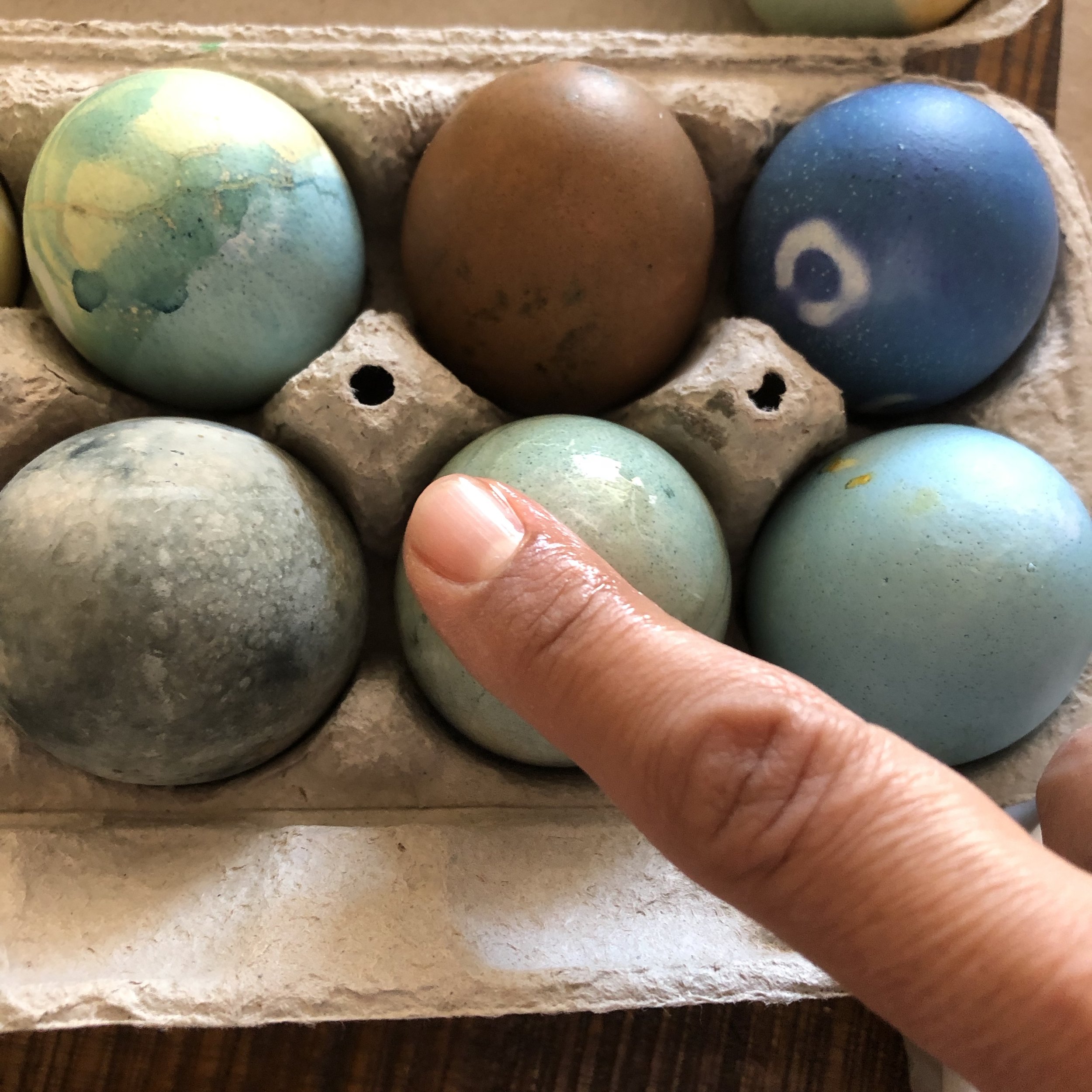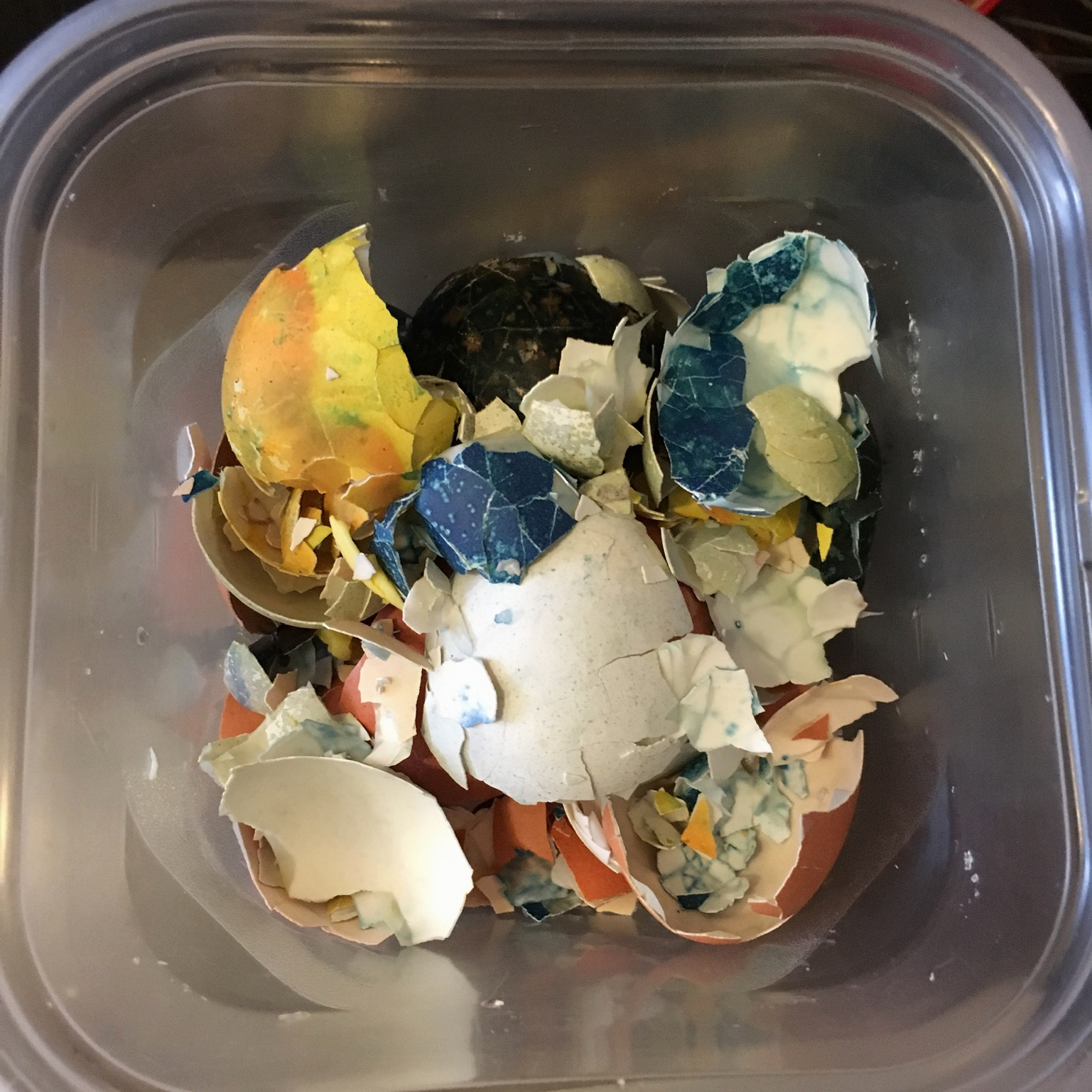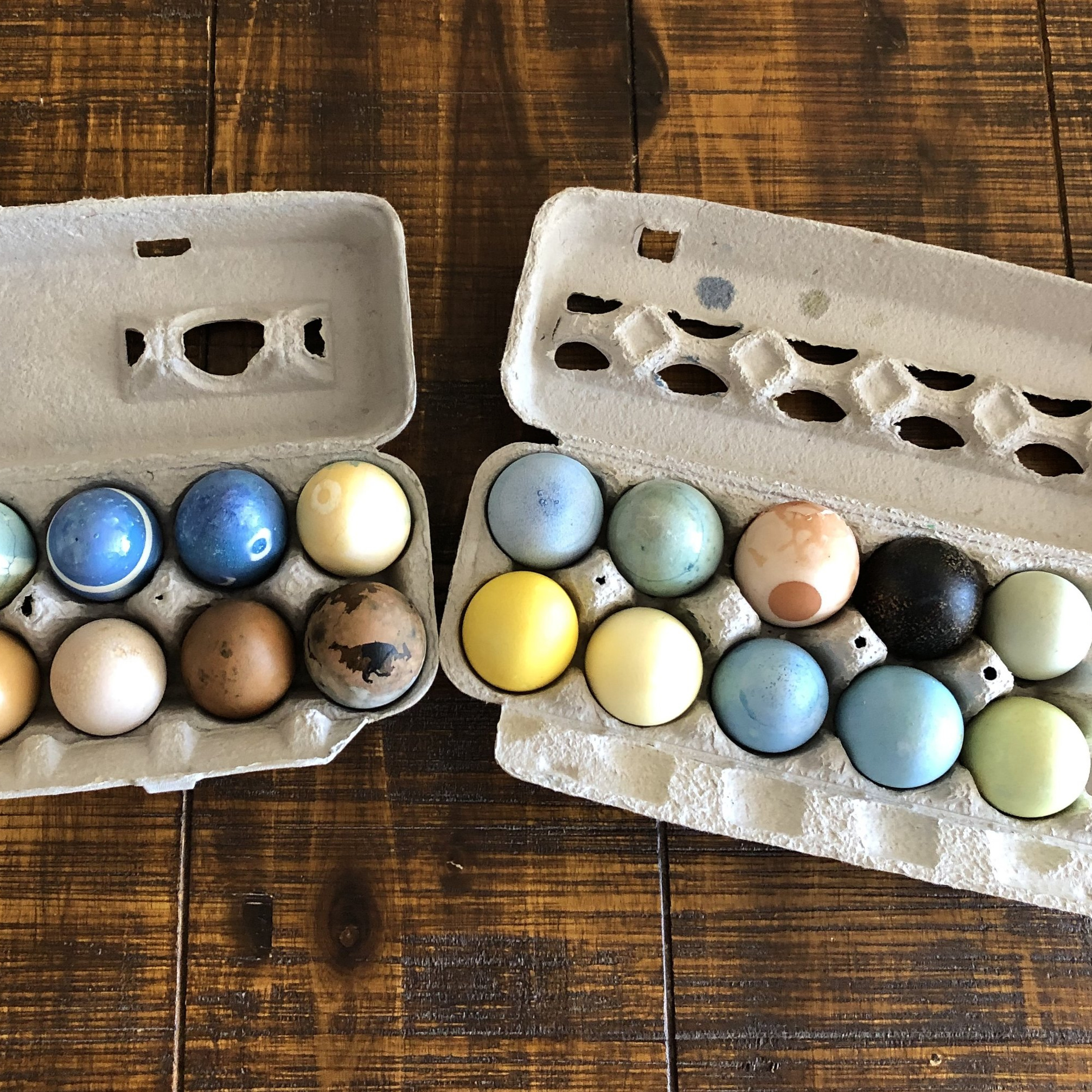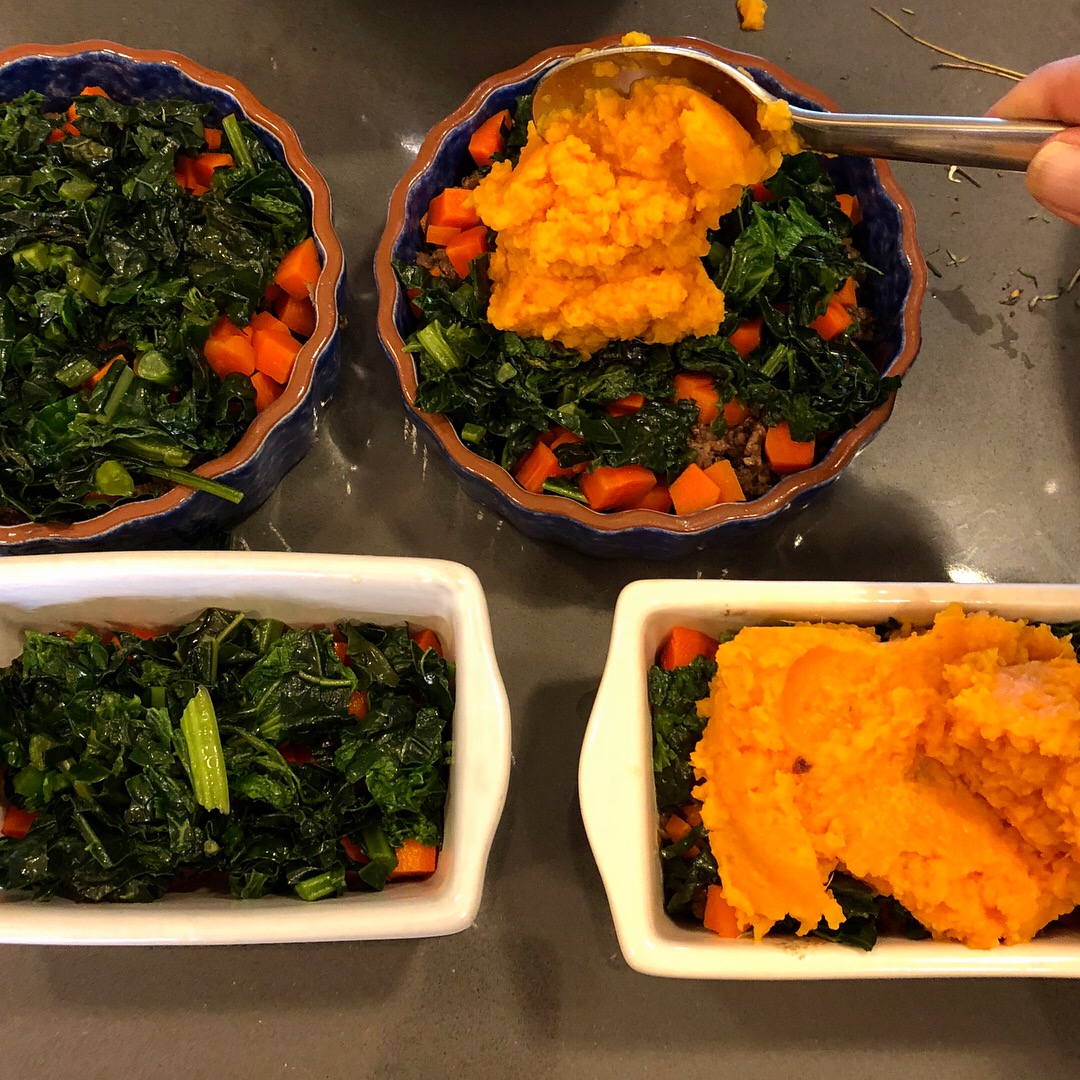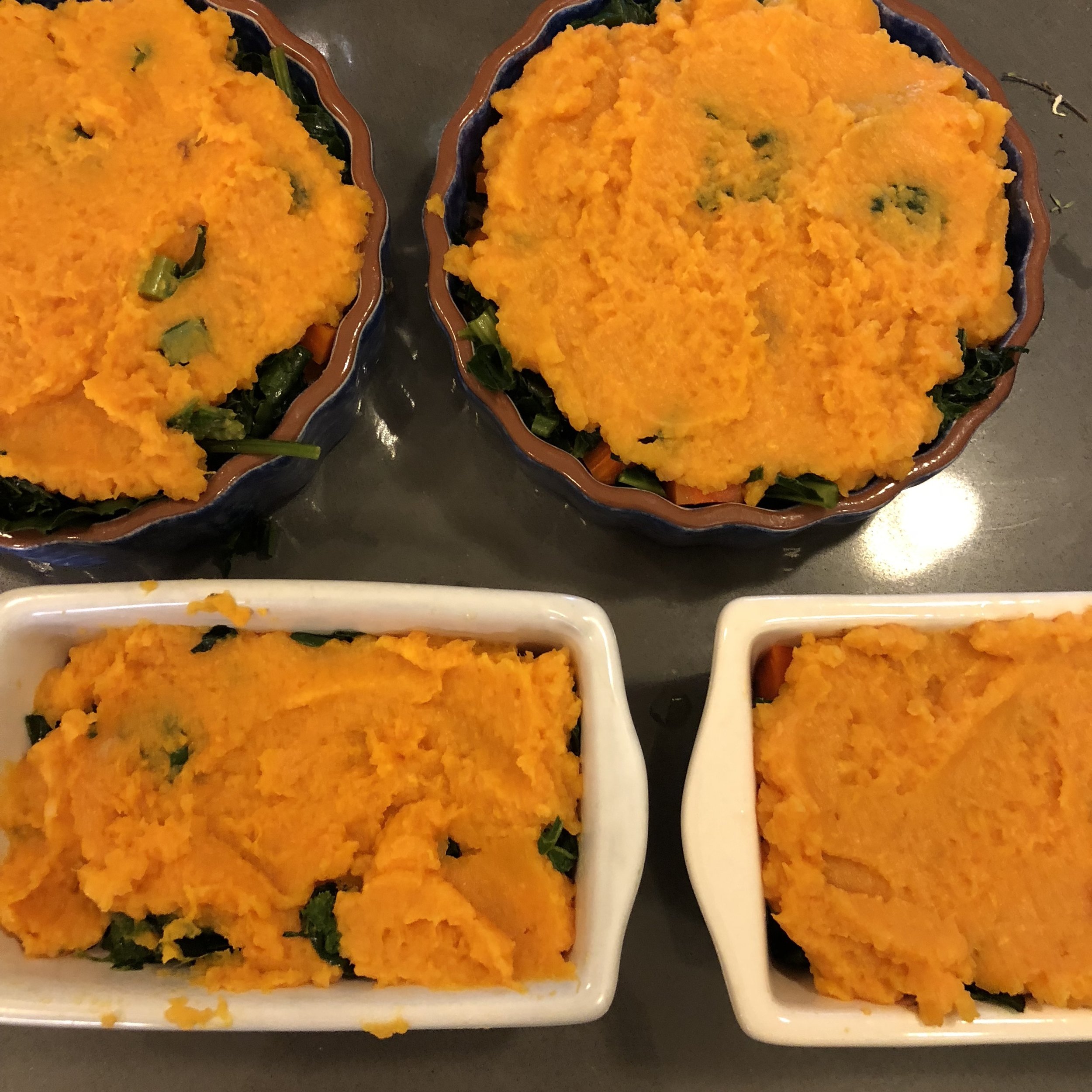Dusting ourselves off like the root cellar vegetables we've become, New Yorkers visit our spring farm stands and green markets with hopeful bated breath. New arrivals emerge one at a time, announcing their presence like runway models showcasing a spring collection at New York fashion week. [I’ve never once been to NY fashion week but I imagine it to be like this. And, I most certainly would attend a fashion week parading spring produce.]
The most magical moment of all in this spring awakening is the overlap of rhubarb and asparagus. As if testing the very functionality itself of the Italian adage what grows together goes together, these two spring stars beg to be combined in dishes, sometimes with greens, herbs or spring onions, sometimes not.
Below is a recipe that allows both of these to shine, with the rhubarb and asparagus prepared raw, so you can truly appreciate them. They are sliced super thin (without a mandoline, a vegetable peeler does the trick), seasoned with salt and tossed in a light sherry vinaigrette to tenderize them. Complete the salad with farro and goat cheese, and you have spring produce week's most sought after lust-have.
Shaved Rhubarb and Asparagus with Farro and lemon sherry Vinaigrette
serves: 4
What You Need:
½ cup farro, soaked for at least 1 hour or up to 6 hours
1 tablespoon honey
2 teaspoons dijon mustard
¼ cup extra virgin olive oil
1 tablespoon freshly squeezed lemon juice
1 tablespoon freshly squeezed blood orange juice
2 tablespoons sherry vinegar
Kosher salt
Freshly ground black pepper
1 bunch asparagus, trimmed of woody ends
2 large stalks rhubarb, sliced very thin
Creme fraiche or goat cheese, optional
What You Do:
Fill a medium saucepan with water and bring to a boil. Add a palmful of salt. Drain the farro and rinse. Add the farro and cook until tender and just starting to split open, about 30-40 minutes.
In a large mixing bowl, combine the honey and dijon mustard. While whisking constantly, drizzle in the olive oil and whisk until smooth. Whisk in the lemon juice, orange juice and sherry vinegar. Season with salt and pepper to taste.
Lay an asparagus spear down flat on your cutting board and with a vegetable peeler, peel the asparagus into long thin ribbons. Repeat with the remaining asparagus.
Season the asparagus and rhubarb with salt and toss with the vinaigrette. Allow to sit for at least 30 minutes.
Drain the cooked farro and arrange in a bowl or on a platter. Pour the excess vinaigrette from the vegetables over the cooked farro and then top with the ribbons of asparagus and thinly sliced rhubarb. Serve with a dollop of creme fraiche or goat cheese if desired.
